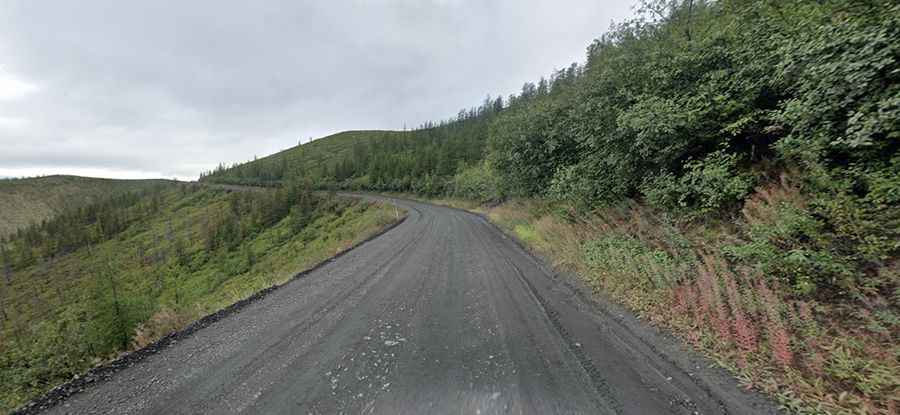How To Have The Ultimate Road Trip To Olchansky Pass
Olchansky Pass is a mountain pass at an elevation of 1.183m (3,881ft) above the sea level, located in Oymyakonsky District, in the Sakha Republic, Russia.

Set high in Verkhoyansk Mountains, the road to the summit is totally unpaved. It’s called Kolyma Highway (R504), the infamous Road of Bones. It’s said to be The World’s Coldest Winter Adventure Road Trip. The road was built by prisoners using hand tools in the 1930s. The area is essentially lawless, undeveloped, barely populated, and unbelievably remote.
The road is 1.868km (1,160 miles) long, and runs west-east from Yakutsk (actually, Nizhny Bestyakh, in Megino-Kangalassky District of the Sakha Republic, on the eastern bank of Lena River, where the coldest temperature ever recorded outside Antarctica was recorded) to Magadan (the administrative center of Magadan Oblast, on the Sea of Okhotsk in Nagayev Bay).
Located near the village of Ust-Nera, the road to the summit is very steep, hitting a 10% of maximum gradient through some of the ramps. The road is extremely dangerous during rainy spells, when the usual clay covering of the road turns into impassable mud blanket, swallowing trucks and tractors alike. The road is in a state of disrepair and is not traversable by standard road vehicles because of washed-out bridges and sections of road reclaimed by streams. The keys on the road are the extreme temperatures, heavy snow, ice and reduced visibility, excessive mud in the summer months make it almost impossible to navigate and the ‘Mud Pirates’. It also remains one of the most desolate, with few travellers knowing of the world’s most frozen road – or its tragic history. Due its surface, traveling here is only feasible in dry summer or during winter, when it gets frozen and covered with ice. In other seasons it’s hardly accessible and completely covered with mud. This drive is extremely dangerous during the winter, which is ten months long, because the heavy snow, the ice, and an extremely reduced visibility. But in summers, the conditions of the road become extreme. On July and August, the mud is the worst enemy. Because of the permafrost there is no asphalt, creating a mud induced traffic jam every time the summer rains swing in the area. The road gets paralyzed and it’s a chaos, with cars being stuck in a 100-km long car line-ups. After the rain, it can take five hours rather than a few days to drive it. The main risks along the road are death by car accident due to unsafe driving, bad roads, unmaintained vehicles, large trucks can throw up enormous clouds of dust in dry weather which can easily hide an oncoming vehicle. Maps are generally out of date. Bears and other wildlife are also a hazard.